Above all, XR is not a future state. It is happening now. And now is the time to put it to work.
IBM
The retail industry is one of the major segments that have fallen under the influence of the digital era. The biggest retail companies, such as Amazon, Walmart, and Alibaba, heavily invest in cutting-edge retail technologies to offer their customers more interactive and personalized services. Enhanced convenience, customization, and personalization are key points of smart retail.
10 XR solutions that were used by our retail clients for effective marketing
So far, these technologies have been mostly used in the marketing landscape. Still, the potential of AR/VR is much greater, as it can revolutionize both sides of the retail business – the range of operational processes and the customer experience.
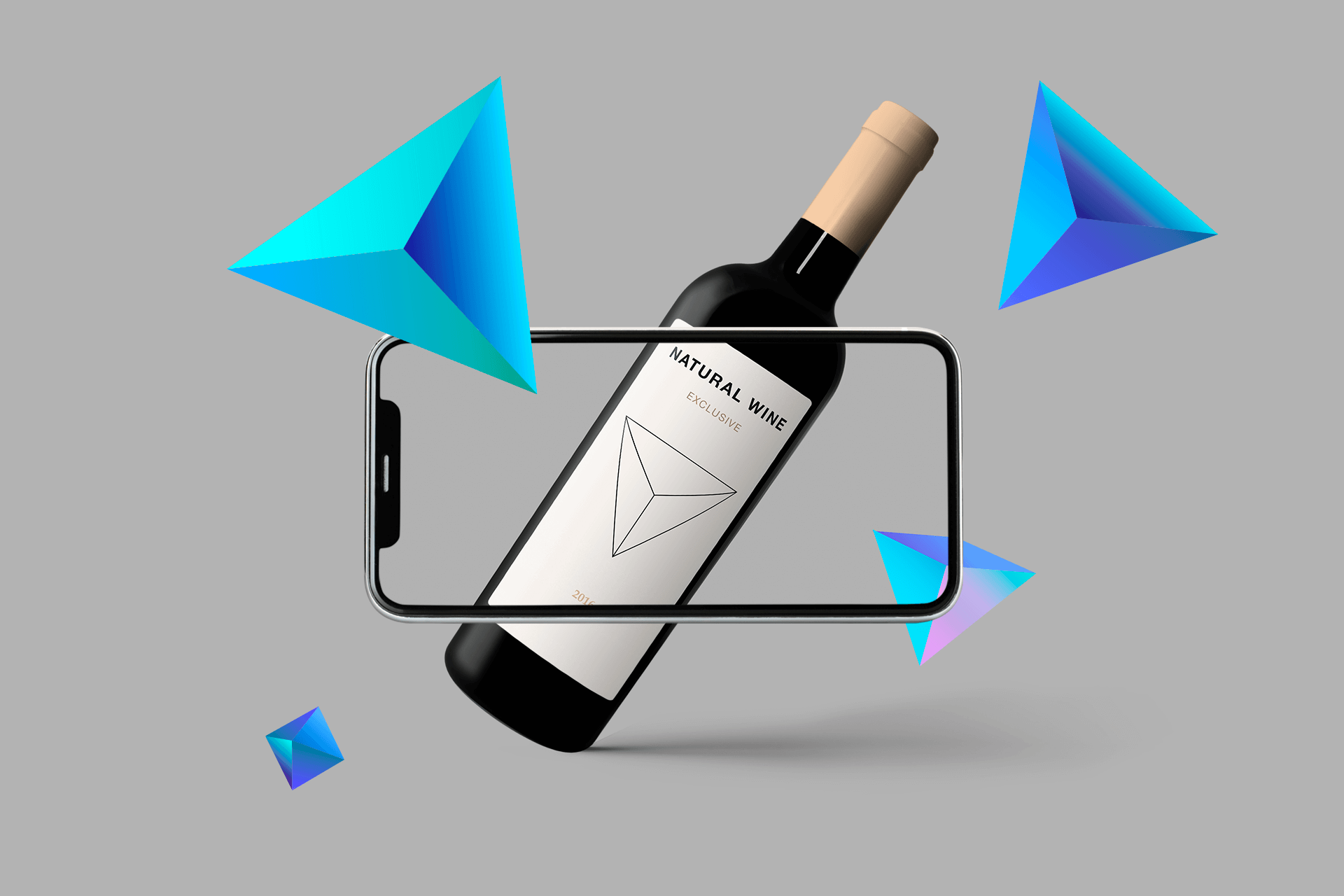
VR and AR in Retail
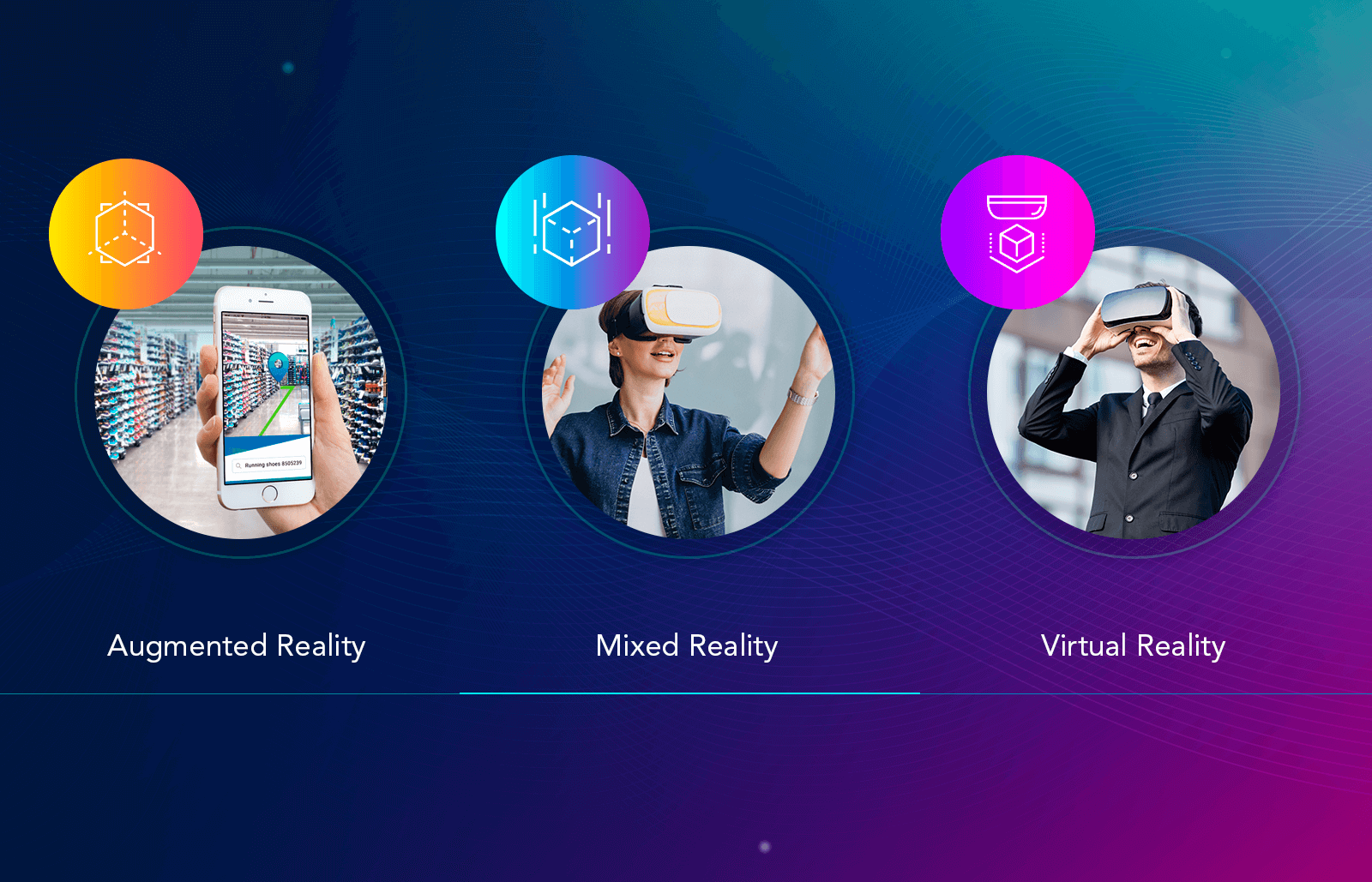
VR and AR in retail are mostly known from the gaming segment for their engagement capabilities. VR was predicted to have huge potential in many industries besides the gaming field. However, it is Augmented Reality in the retail industry, which has always been in the shadow of virtual reality, that happened to be a major disruptor in the modern world.
This can be explained by the mere fact that while VR applications require special equipment that has not yet reached mass adaptation, AR applications may use any common technical devices, such as a smartphone or tablet, which are used by the majority of the world population.
According to Forbes:
«Full-immersion VR works great for telling a brand story or conveying a lifestyle, or for bringing a purely digital experience to life. But ultimately, retailers sell physical goods, and it’s going to be the digital augmentation of that physical environment and the products in that environment that will have the real payoff for the retail industry. »
Therefore, AR technologies offer far more applications in retail than VR. Below we describe all prominent applications in more detail with some real case examples. However, it is important to say that even though AR appears to be more widespread, VR can not be neglected as, in some areas, it can be a far more effective tool that is able to drive more revenue.
Smart Shopping: AR and VR
The retail industry is one of the biggest market segments in the modern world and the key element in the world’s economy. Moreover, it is also the most competitive industry, as the success of any company in this industry depends not as much on the quality level of the products as on its popularity among customers. Therefore, in order to remain successful in the market, retail companies have to confront a tough struggle for customer recognition.
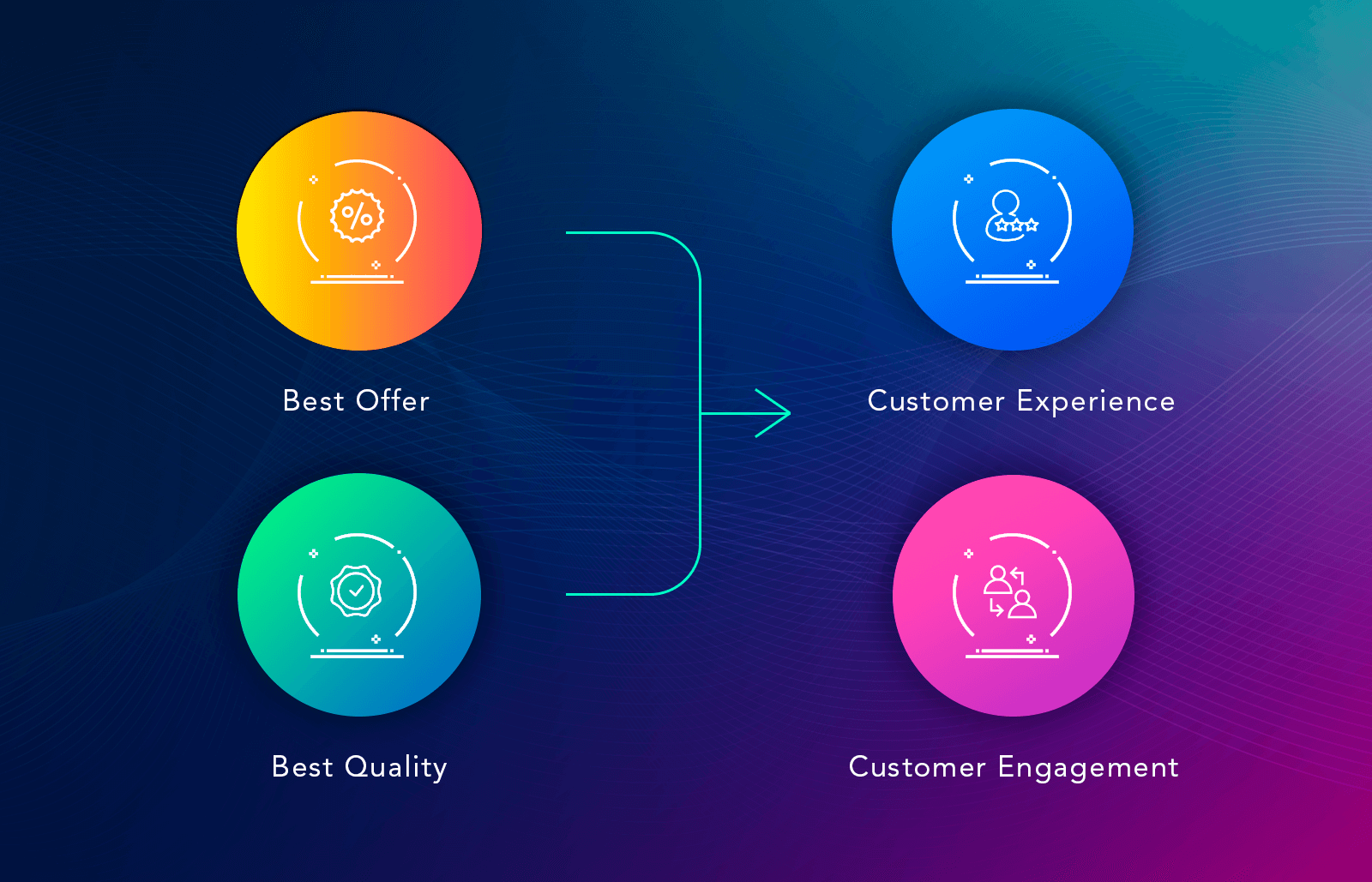
With new technologies having become a decisive factor in the retail business, innovative solutions such as AR- and VR- driven applications are becoming more and more popular. After such retail giants as IKEA, Wayfair, and Lowe’s began to implement AR/VR technologies, a lot of retail companies have been starting to follow suit.
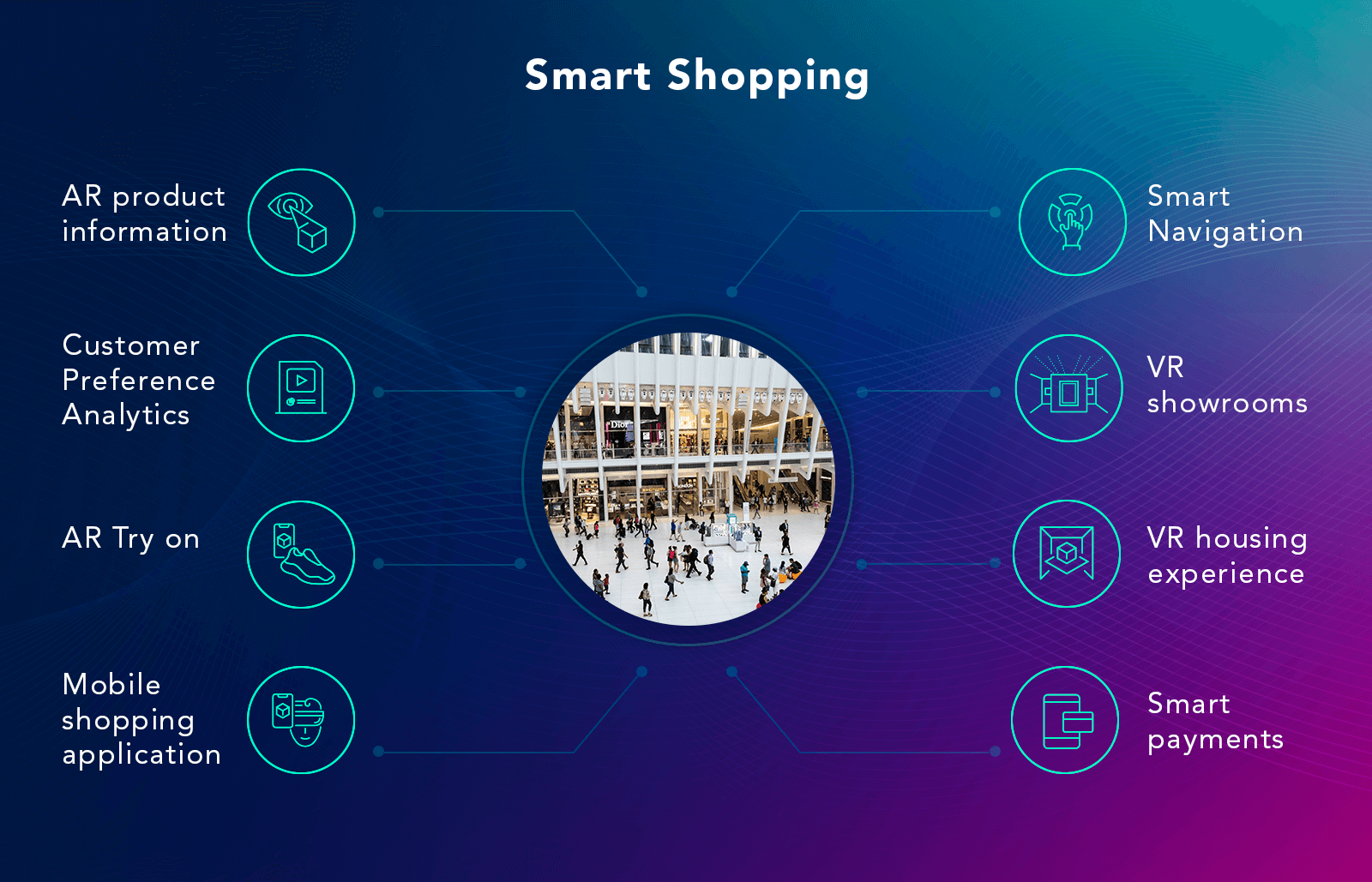
Smart shopping is the concept, that focuses on customer experience as the most important element in today’s retail. With cutting-edge retail technologies, shopping becomes engaging, personalized, and comfortable.
According to ABI Research:
“Furniture stores, E-commerce companies, automotive, and travel companies have deployed VR for retail and marketing purposes. Consumers’ awareness in VR technology together with investment by the brands and retailers is driving the virtual reality deployment in retail and marketing.”
Read about gamification solutions for retail in our previous article.
AR and VR applications: Catching a Wave
As previously said, AR and VR have great potential in the retail industry. ABI Research forecasts that, by 2022, over 120,000 stores will deploy AR and the technology is predicted to account for as much as 3% of eCommerce revenue within a year or sooner.
Here are some of the most prominent AR/VR applications and use cases in retail.
In-Store Navigation
AR-driven technology offers retailers a new way to navigate their customers within a store. AR in-store navigation is a mobile app, which provides users with an AR routing, showing them where the desired object is located as well as suggesting an optimized shopping route. Additionally, such apps with gamification elements may lead customers not only to the desired product but also to some gifts, discounts, or other surprises.
Use Case: Lowe’s
American home improvement brand Lowe’s was one of the first to introduce its In-store navigation app. With AR technology applied, customers simply input objects into the search bar and then their camera-embedded devices (mostly mobile phones) guide them to the right area by overlaying the needed directional prompts.
Another great application is the AR overlaid product information. The idea behind this application is that the potential buyer points his or her phone at any product and uses the camera to see detailed information about this item. The needed information at customers’ disposal can significantly affect their decision-making process. The app allows comparing similar products based on selected criteria, thus affecting the customer’s decision-making process and making it easier to reach a decision.
Use Case: Crocs
Crocs has launched its AR app – Crocs LiteRide AR, which provides customers with detailed information about products they view. Using a smartphone, a customer just points a phone camera on desired shoes and gets all detailed information about them.
“Try-Before-Buy”
As more and more retail businesses are incorporating AR/VR-driven technologies into the customer experience, the concept of “try-before-buy” expands significantly. At present these technologies have been applied for such goods as clothes, makeup products, housing, and furniture fittings. For instance, AR mirrors in stores allow customers to try some clothes without doing it physically. Customers come onto an AR-embedded mirror, which scans the customers’ posture and overlays their mirror reflection with a digital representation of the desired product, mostly make-up goods, shoes or clothes.
Read about Retail Gamification in our previous article.
Use Case: Nike
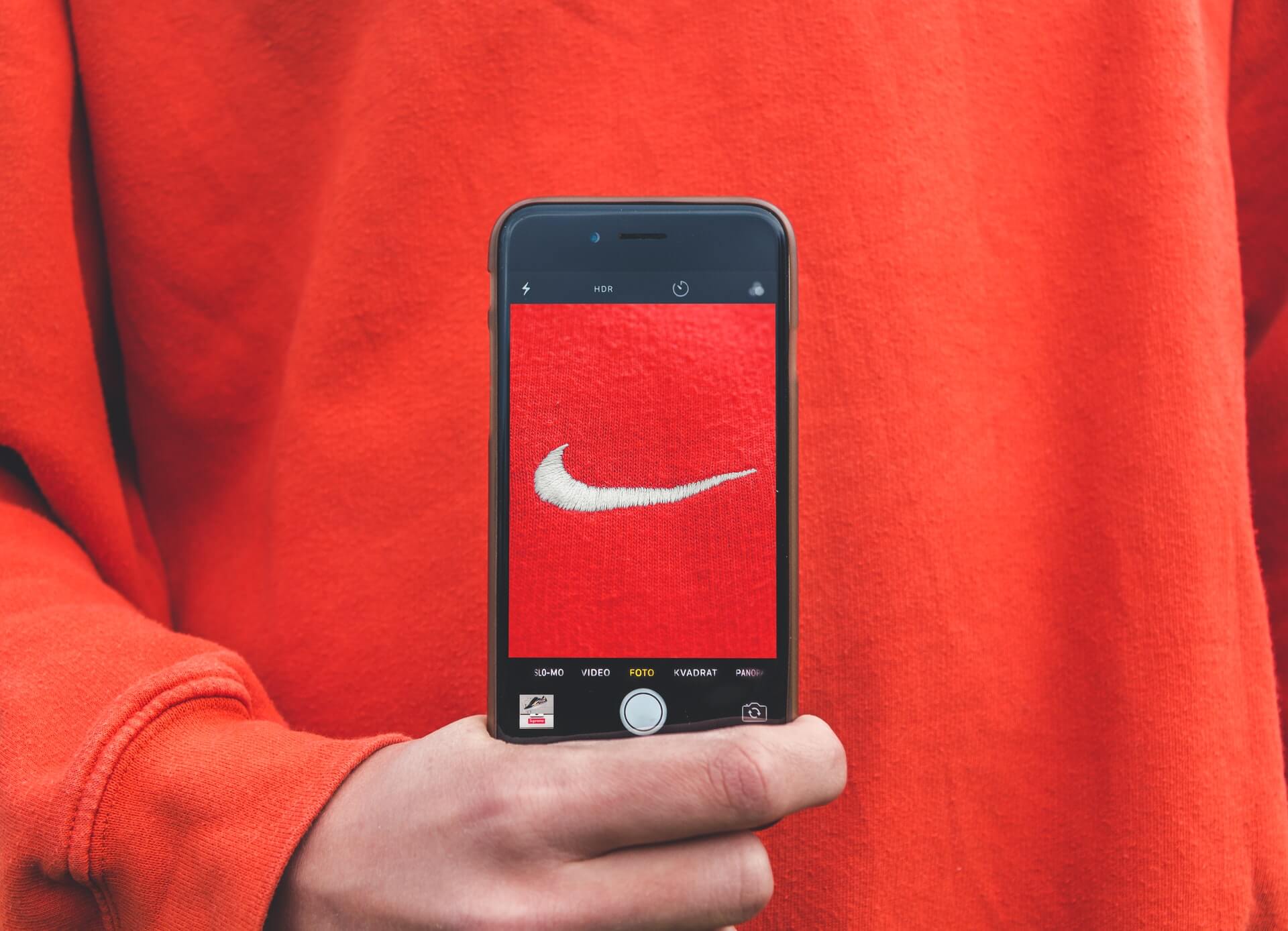
An AR app Nike Fit allows customers to measure their feet and get recommendations for best-choice Nike shoes. The AR app takes into account a significant amount of factors – foot shape, shoe materials, the lacing or stitching pattern, as well as personal preferences and then tells users exactly what size they really have in any shoe Nike makes.
Furniture Fitting
“This is where the future is going, and in three years, if you don’t have AR in furniture, you’re going to be looked at as old-school. We’re not waiting. We want to be ahead of all that.”
Deloitte
Looking for a required piece of furniture is always a challenging task. Buyers need not only to find the item they like but also to make sure that it fits both in size and style of the interior of the house. With AR-driven apps, customers do not have to experience all these difficulties anymore. AR mobile app allows users to place a digital full-size representation of selected products into a respective interior.
Use Case: IKEA
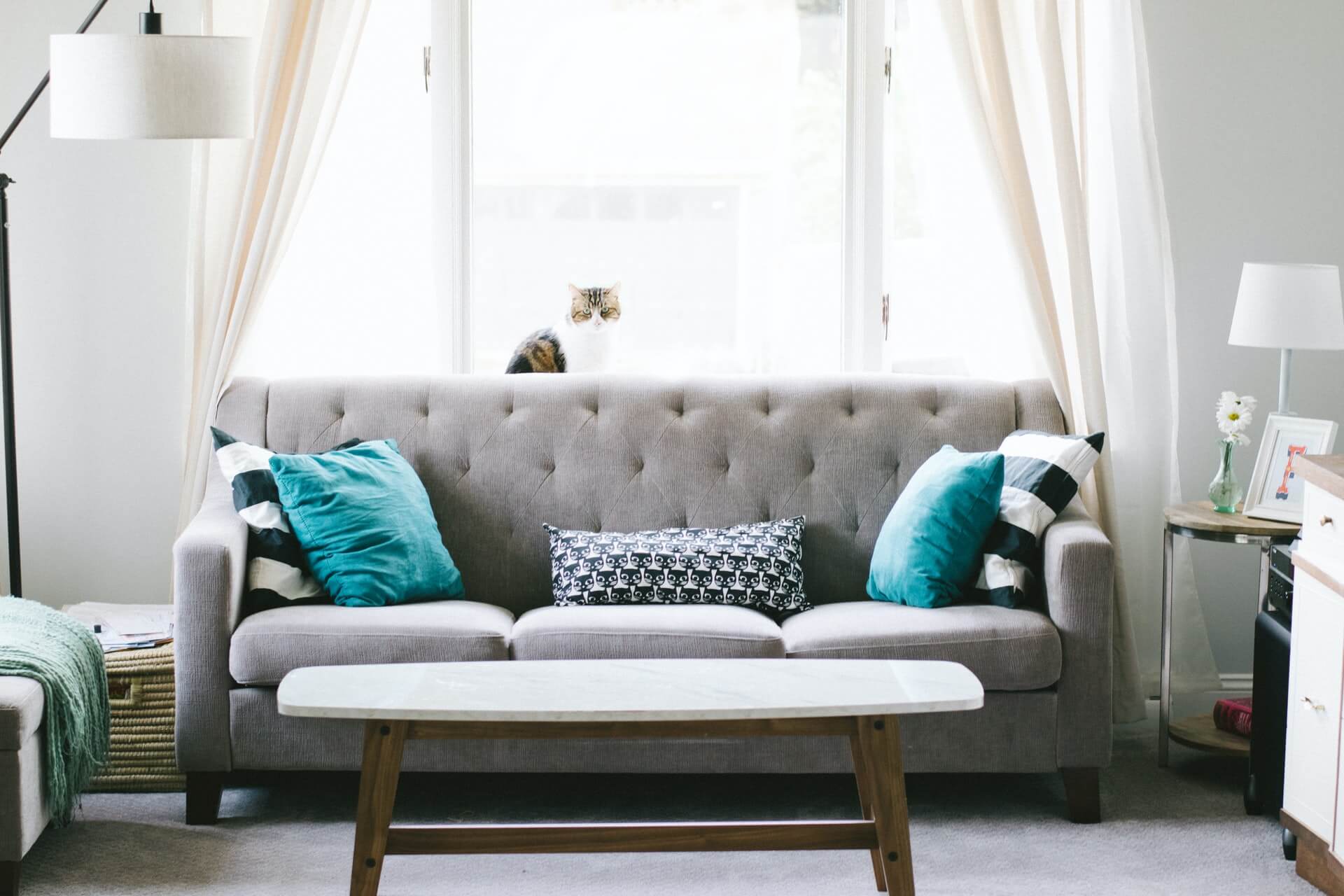
One of the furniture giants – IKEA – has already launched its AR app, which lets customers see exactly how a furniture item would look and fit in their homes.
“IKEA Place lets you place true-to-scale 3D furniture in your home using the lens of your iPhone camera,” explains Michael Valdsgaard, the Leader of Digital Transformation at Inter IKEA Systems B.V. “You see the scene as if these objects were real, and you can walk around them and interact with them, even leave the room and come back. It’s really magic to experience.”
VR Housing Experience
VR technology opens a new kind of opportunity for potential buyers of houses or apartments that are not yet built. With VR-powered technologies, retailers can create an exact model of a house or apartment and offer their customers to visit it in the digital world.
Use Case: Softengi
Softengi’s real estate app offers users a chance to dive into one of the apartments of interest with a VR headset on. The VR model is built off a house or apartment which is in the building phase and is able to reconstruct the whole model of the house, including even small details of the interior.
VR Showrooming
However, what will definitely disrupt the dealership market is virtual showrooms. Stores no longer need to buy expensive and heavy products for sale. With VR glasses, a completely empty room can turn into a showroom full of a variety of goods.
Use Case: Audi
A good example is the Audi virtual showroom in London. The famous auto brand allows its customers to experience a virtual environment where they can drive their dream cars on a 1-1 scale. Additionally, by deploying a high bar for VR visuals, Audi makes it possible for its clients to go through all possible car configurators so that they can create their ideal car easier.
Read about XR applications for the automotive industry in our previous article.
Final Words
The retail industry is experiencing great pressure from customers who are becoming more and more sophisticated. In order to remain competitive and retain their clients, retail companies have started to apply the various latest technologies, such as AR and VR. These technologies reset to completely transform the current shopping experience, replacing the pain points with engaging and informative experiences.




